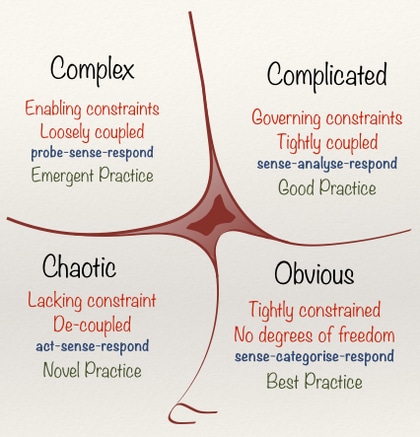
May 2, 2016
A Look At Chronic Disease
By Michael D. Shaw
Our first challenge is to obtain a suitable definition of the term “chronic disease.” The World Health Organization asserts that the term is synonymous with “noncommunicable diseases,” noting that they are of long duration and generally slow progression. WHO further identifies the four main types as cardiovascular diseases; cancers; chronic respiratory diseases; and diabetes. Given this roster, it is hardly surprising that chronic disease is the leading cause of mortality worldwide—representing 60% of all deaths.
The CDC’s list is slightly different, and includes obesity and arthritis. According to the U.S. National Center for Health Statistics, a chronic disease is one lasting three months or more. In general, they cannot be prevented by vaccines or cured by medication, nor do they just disappear. Let’s go with that one.
Inasmuch as 88 percent of Americans over 65 have at least one chronic condition, it is easy enough to blame these afflictions on aging. However, plenty of younger folks engage in unhealthy practices such as tobacco use, lack of physical activity, and poor eating habits; and plenty of people much younger than 65 have chronic conditions, as well.
Unfortunately, too many seniors are discovering that following the conventional precepts of a healthy lifestyle hardly guarantees that they will be exempt. Perhaps the best known example is the death (1998)—at age 56—of Linda McCartney. As a strict vegetarian, wealthy enough to embrace whatever aspects of a healthy lifestyle she could conjure up, she nonetheless contracted metastatic breast cancer. Reaction at the time ranged from astonishment (But, she did everything right!) to bizarre conspiracy theories.
Closer to home, a high school classmate who always kept in shape lamented that she too did everything right, and especially liked dancing. Apparently, she became quite the devotee of Zumba® and was rewarded with…a hip replacement.
In her case, the standard shopworn reply from the experts is that she is still better off because of the cardiovascular benefits. Maybe, except this sort of “tolerable side effects” rationalization is beginning to wear thin. Indeed, the notion that nearly all drug side effects are acceptable, as long as they are disclosed, is truly a sick joke.
Some would argue that chronic illnesses will never be cured, since there is much more money to be made in their lifelong treatment. Even if you don’t accept that premise, you will likely acknowledge that a lifetime of taking meds—with all their side effects—is surely not a benign course of action.
Others will argue that the answer to chronic illness is for people to take ownership of their health, be proactive, and get informed. Fair enough, but given the amount of available resources, discerning what might be safe and effective—for you—is no simple task. One useful shortcut is to be wary of those who promote their approach as some sort of universal cure.
Which brings us to the Cynefin Framework, a knowledge management tool, which allows decision-makers to see things from new viewpoints, assimilate complex concepts, and address real-world problems and opportunities.
In the original article on Cynefin (a Welsh word that signifies the multiple factors in our environment and our experience that influence us in ways we can never understand), authors David Snowden and Mary Boone stated that:
All too often, managers rely on common leadership approaches that work well in one set of circumstances but fall short in others. Why do these approaches fail even when logic indicates they should prevail? The answer lies in a fundamental assumption of organizational theory and practice: that a certain level of predictability and order exists in the world. This assumption, grounded in the Newtonian science that underlies scientific management, encourages simplifications that are useful in ordered circumstances. Circumstances change, however, and as they become more complex, the simplifications can fail. Good leadership is not a one-size-fits-all proposition.
Cynefin speaks of four domains:

Commentator Robert Paterson observes that, “Modern Medicine lives in the right hand quadrant but our chronic illness lives in the left hand side.”
Paterson suggests that since medicine’s greatest successes have been based on simple answers, it is now geared to see only local cause and effect. He predicts that it will continue to fail in treating chronic illness—a complex problem brought on by interactions between your ancestry, the food you eat, what you do with your body, how much time you spend outdoors, your social status and how much sleep you have.
There is no one cause. There are only many variables interacting over long periods of time that result in emergence of disease that in turn result in the emergence of more disease. “Modern medicine,” he says, “is a linear world where the payoff is in the sale of a drug, a test, or a procedure such as an operation or a Botox shot. No one gets paid to work with complexity. So no one does.”
Ah, but Robert, have faith in the market, and that people are sick and tired…of being sick and tired.
